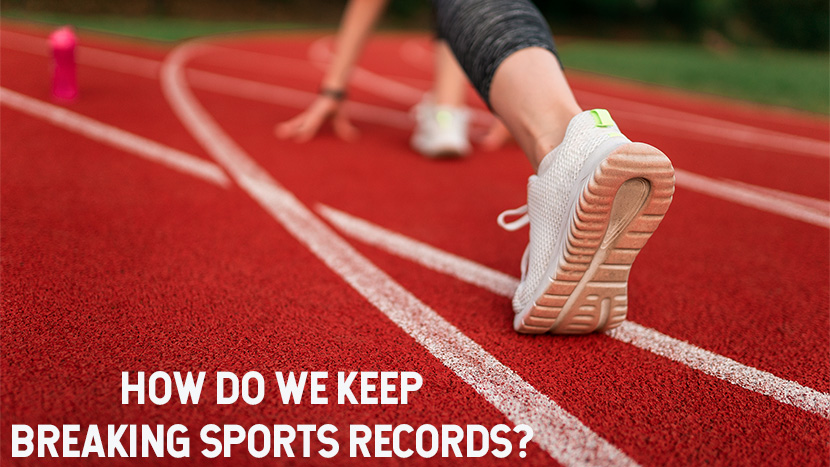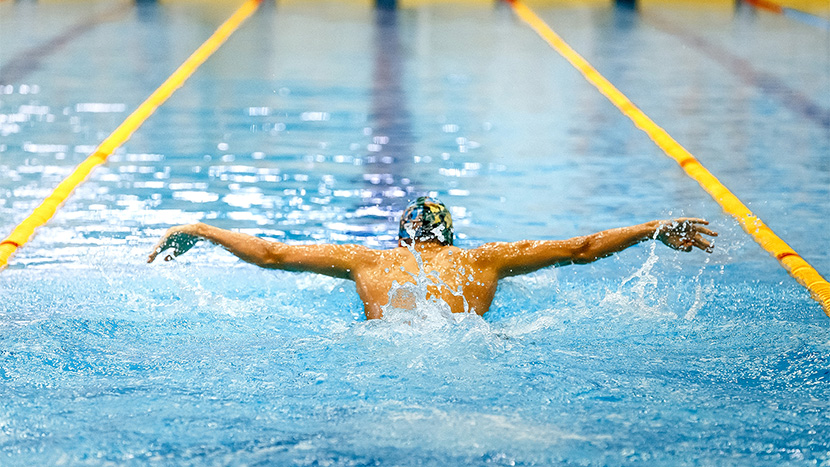The Science Behind Increased Athleticism: How Science Improves Athlete Performance
Athletes today are stronger, faster, and more capable than ever before in sports history. Many world records in various sporting events continue to be broken as human athletic performance seems to increase with each passing year.
This can be attributed to several scientific and technological advancements that have allowed athletes to train smarter, recover better, and push the boundaries of human capability.
Improved Training Methodologies
One major factor behind the increased athleticism seen in sports is improved training techniques and programs designed to get the most out of the athletes.
There are great concepts like periodization of training focus and timing training loads and recovery periods so athletes peak at the right time.
Sports science research has also highlighted the benefits of cross-training and sport-specific drills that help athletes develop their power, endurance, and skills.
Training aids like weights, plyometrics boxes, and resistance bands also help strengthen muscles and connective tissue to prevent injury and enhance capability. The scientific application of such techniques has unlocked greater potential in athletes.
Usage of Performance Data
The use of technology to monitor and measure athletic performance has also helped athletes train more effectively.
They now use devices like GPS trackers, heart rate monitors, and accelerometers can track exertion levels, movement efficiency, speed, and other variables. Things like sleep quality, nutrition intake, hydration levels, and muscle repair can also be tracked.
This performance data can also show areas that need improvement and focus. With that, training intensity is optimized and personalized for each athlete. The data they get also further helps determine the recovery time needed between training sessions.
Improved Nutrition & Recovery Protocols
Sports nutrition has also developed significantly in recent years. Athletes are now more aware of how to fuel properly for their activities and recover faster.
The importance of nutrients like proteins, carbs, vitamins, iron, and calcium for different sports is also now better understood.
Athletes now also have event-specific nutritional strategies that provide the right nutrients pre-, during, and post-training/competition for optimal performance. They even use post-workout/event nutrition that focuses on muscle protein regeneration while rehydrating the body effectively.
Sleep and active recovery techniques also give the body what’s needed for tissue and musculoskeletal repair. Indeed, these science-based nutrition and recovery approaches keep athletes primed to give their best regularly.
Biomechanics & Equipment Evolution
Applying biomechanics principles to analyze athletes’ movements and sporting techniques also enhances their performances. 3D motion capture analysis and force plates quantify aspects like form, gait, stride length, etc while checking for imbalances/asymmetries.
All of those help refine techniques by focusing on efficiency and power generation.
Sports equipment like athletic shoes, apparel, bicycles, etc., have also evolved technologically. They now use biomechanical principles, which help athletes work with (not against) the equipment for best results.
There’s also science in choosing materials that can help create equipment that enhances air/fluid flow around the athletes while providing targeted cushioning and support functions in sports like American football and racing.
Ethics of Performance Enhancement
As technology aims to push the boundaries of athletic capability, the ethics around performance enhancement techniques remain a pertinent discussion.
While innovations like improved equipment materials or data analytics expand what is possible naturally, controversies remain on artificially enhancing athlete physiology through questionable means like banned substances or genetic modification.
However, contrary to popular perception, most modern athletic achievements have come via optimizing training, nutrition, and recovery protocols rather than unethical shortcuts.
Still, constant debate continues around governing bodies keeping up with evaluating new technologies and setting principled boundaries for athletic competition.
Excitement for Fans & Sports Betting
As top athletes get stronger year on year, the excitement and anticipation for sports fans today are at their peak. The rising uncertainties make betting online even more exciting with apps like 10CRIC sports.
This is mostly why many are now enjoying sports wagering better than ever. Sure, we can still easily point out the underdogs and favorites, but when popular teams and athletes go head to head, there’s no easy way to predict the winner.
That said, we can say that even the sports betting industry is benefitting from how science and research have been impacting athletes or the sports industry in general.
Conclusion
In conclusion, the increased athleticism and performance levels observed today are underpinned by an improved scientific understanding of training, nutrition, technology, and recovery protocols for sports and athletes.
Nevertheless, it’s imperative to acknowledge that as new technologies and innovations emerge, the foundational principles and ethical considerations in athletic competition demand vigilant oversight and scrutiny moving forward.


































































































